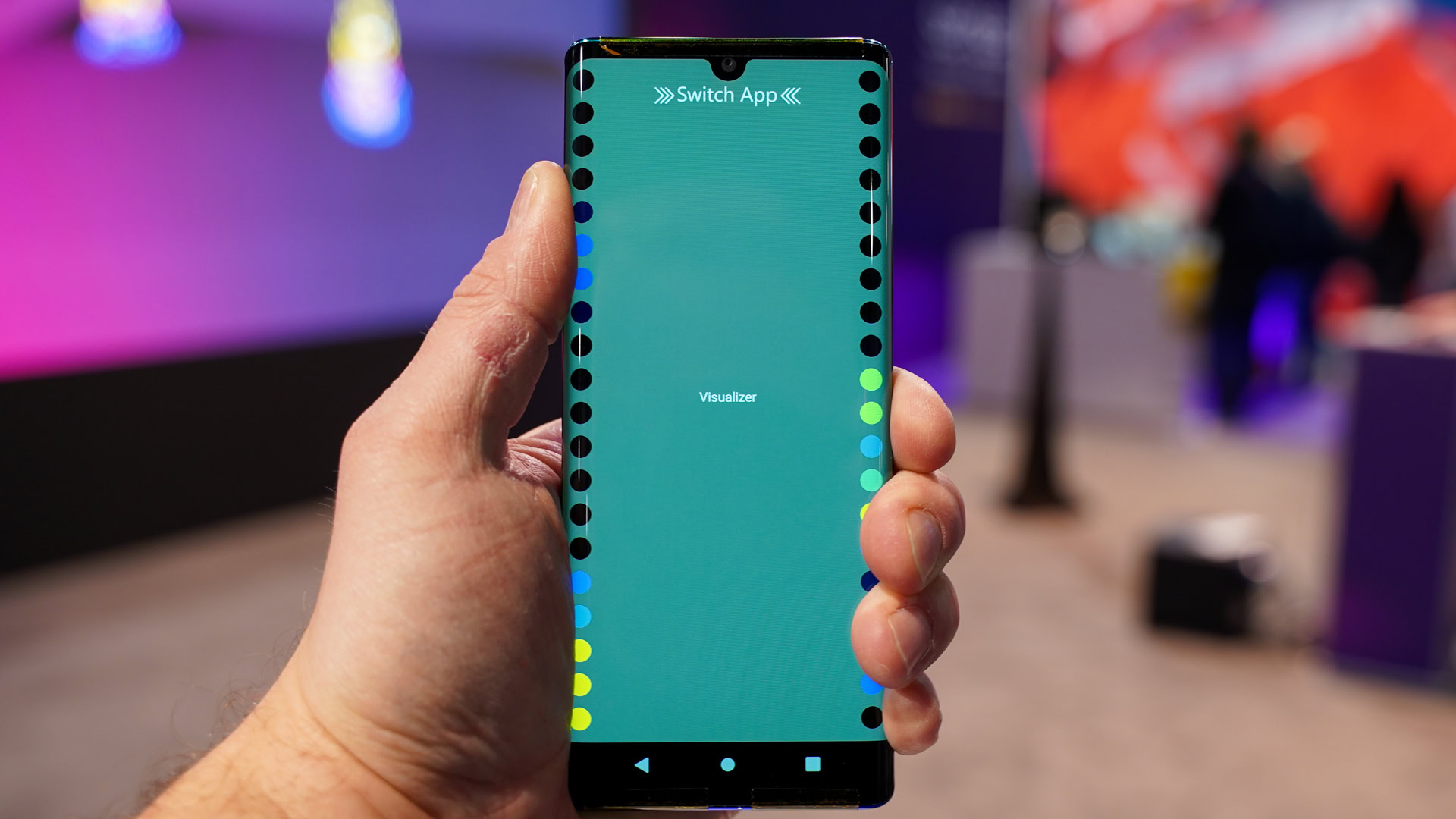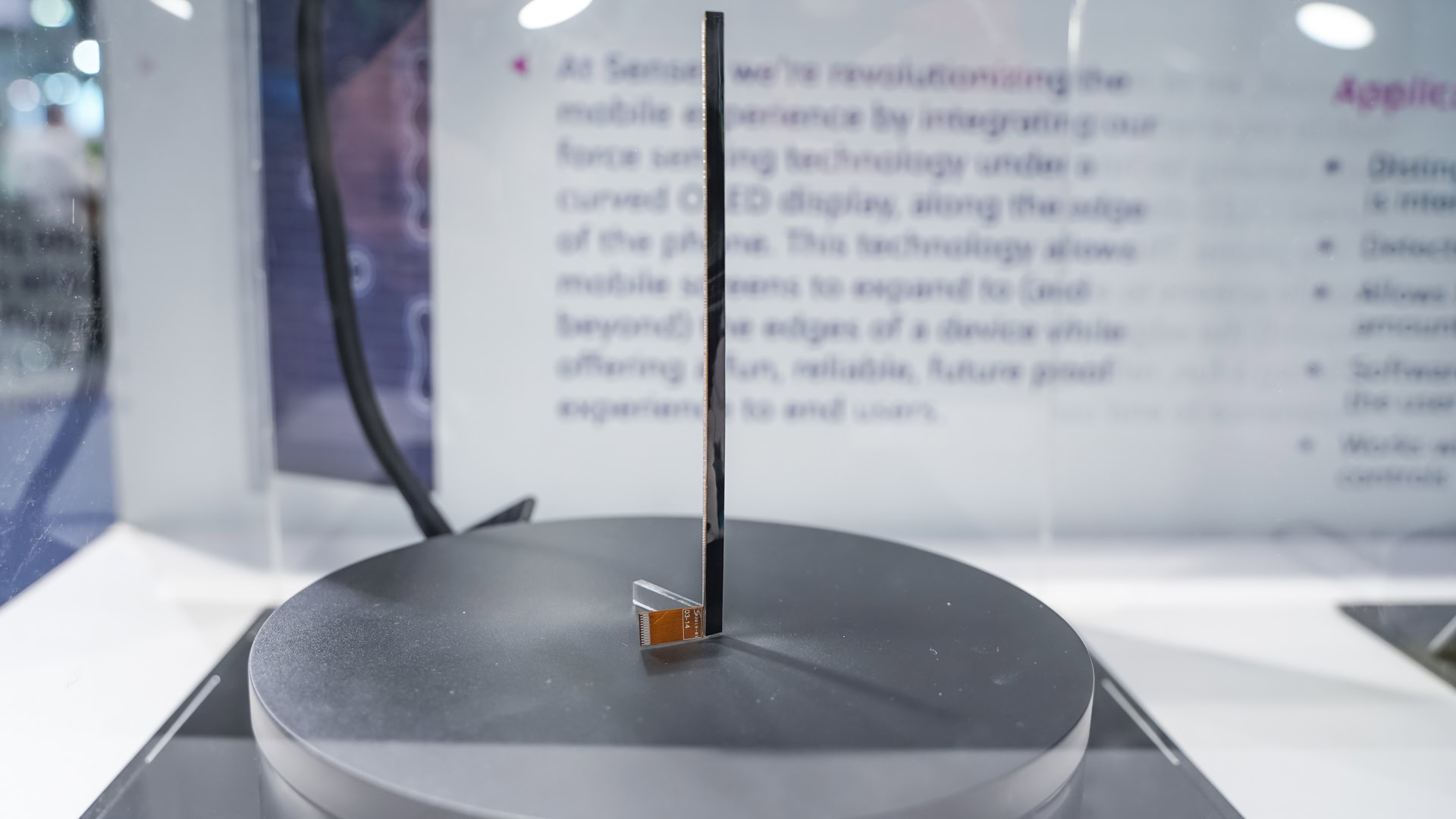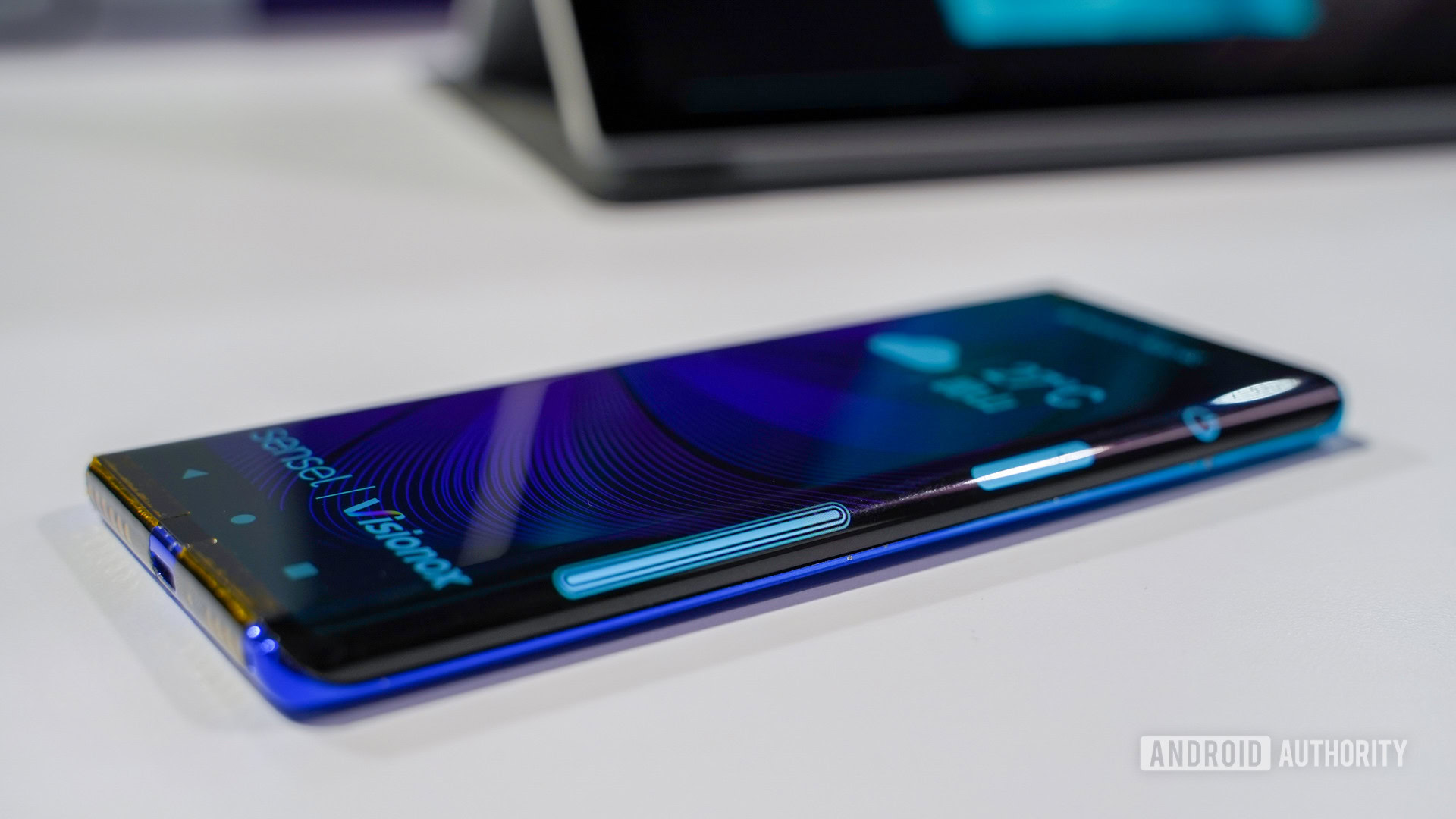Affiliate links on Android Authority may earn us a commission. Learn more.
Sensel wants to touch-enable all the things, including phones

“Iffy volume buttons.” That’s one of the cons cited by Android Authority reviewer Bogdan Petrovan in his analysis of the HUAWEI Mate 30 Pro. HUAWEI dropped the physical volume controls for software replacements and the results simply don’t get the job done. Sensel’s touch technology, however, can allow phone makers to put virtual buttons nearly anywhere they wish.
The company developed a thin strip capable of holding about 25 sensors. Installing the sensors under the curved glass along the side edges allows phones to regain the lost functionality of deleted physical controls. What’s important is that the sensors are highly, er, sensitive. They can differentiate pressure levels between less than a gram to more than 5kg (11lbs) on each contact point, up to 10 contact points. That’s an incredible degree of accuracy, allowing it to recognize lots of behaviors.

Sensel says its sensors “know the user’s intent.” In other words, it measures force and can tell if a person is just holding their phone or purposefully pressing a control surface. The sensors are able to recognize grip, allowing controls such as power and volume buttons to switch from the left side to the right side, or flip upside down to match the phone.
Measuring the force lets the sensor respond differently depending on how much pressure is applied. Sensel believes this will translate well to use-cases such as a phone camera shutter button. In the demo we saw, the button was able to differentiate between a half-press to focus and a full press for a shot, as well as press-and-hold for shooting a burst.
Last, since it’s simply recognizing pressure, Sensel’s tech could let you silence your phone with a squeeze whether you’re earring gloves, or it’s stuffed in a pocket. No more fumbling to find the right button.
We tested each of these features and came away impressed. My favorite part is that the sensors can be added to nearly any surface, including wood and leather. Think desks and other furniture, or steering wheels and other car surfaces.
Sensel, however, still has some work to do.
Consumers haven’t fallen in love with alternative touch controls, such as those of the Mate 30 Pro, or the squeezable edge of Google’s Pixel phones. Will people take up this new style of touchable button? Sensel will need to convince phone makers to give it a shot, and it likely won’t be easy. Space is at a critical premium on the inside of modern smartphones, and adding a sensor strip to both side edges could eat up precious volume.

Next steps for Sensel include putting together a software developer kit with APIs. This will ensure that the sensors and their capabilities are uniform in performance across a wider range of devices. It will be up to individual device makers to put their finger on Sensel’s Pressure Grid sensor array.